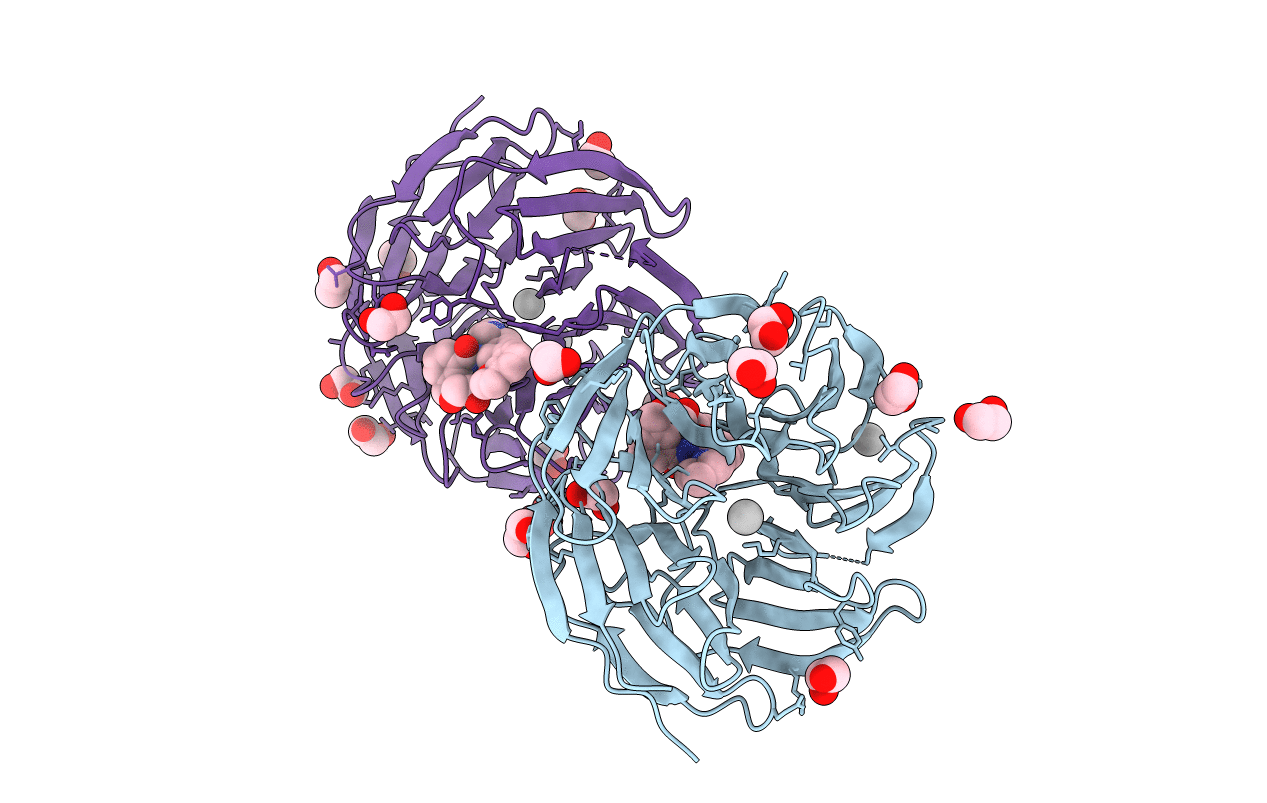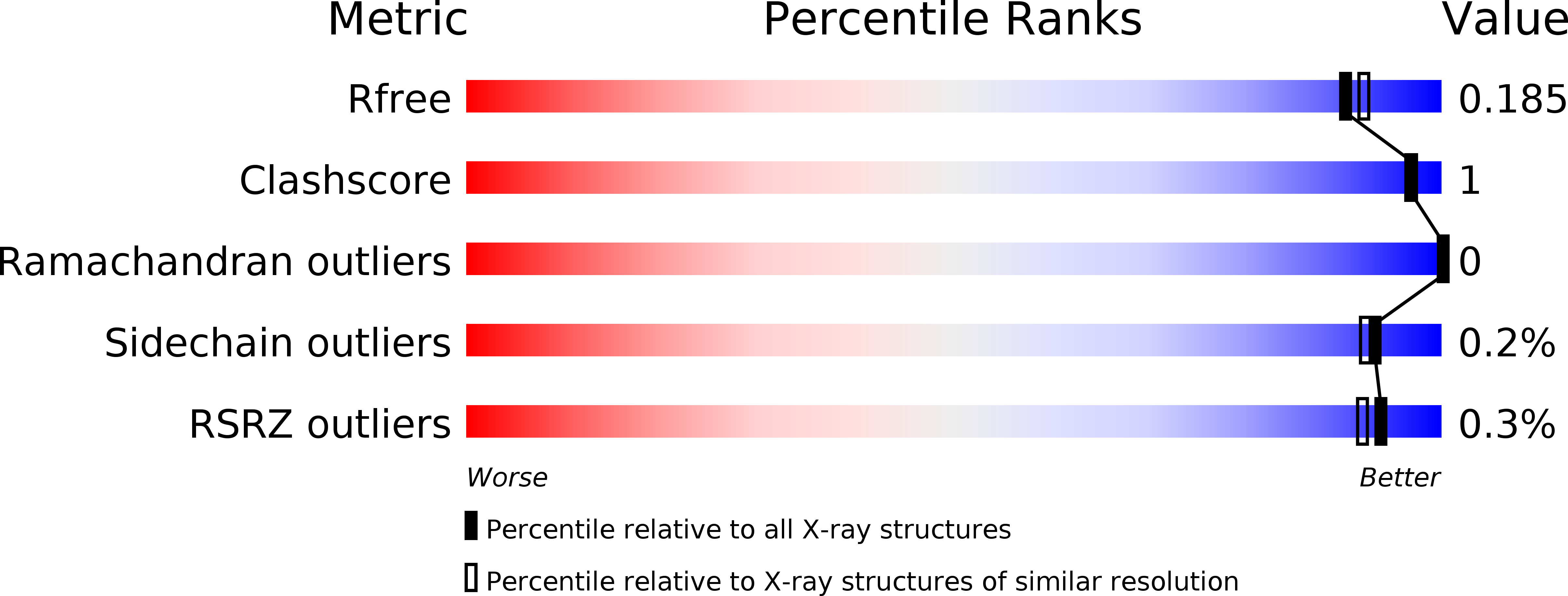
Deposition Date
2015-10-16
Release Date
2015-11-04
Last Version Date
2023-09-27
Entry Detail
PDB ID:
5EAR
Keywords:
Title:
Crystal structure of human WDR5 in complex with compound 9d
Biological Source:
Source Organism:
Homo sapiens (Taxon ID: 9606)
Host Organism:
Method Details:
Experimental Method:
Resolution:
1.80 Å
R-Value Free:
0.18
R-Value Work:
0.15
R-Value Observed:
0.15
Space Group:
P 1


